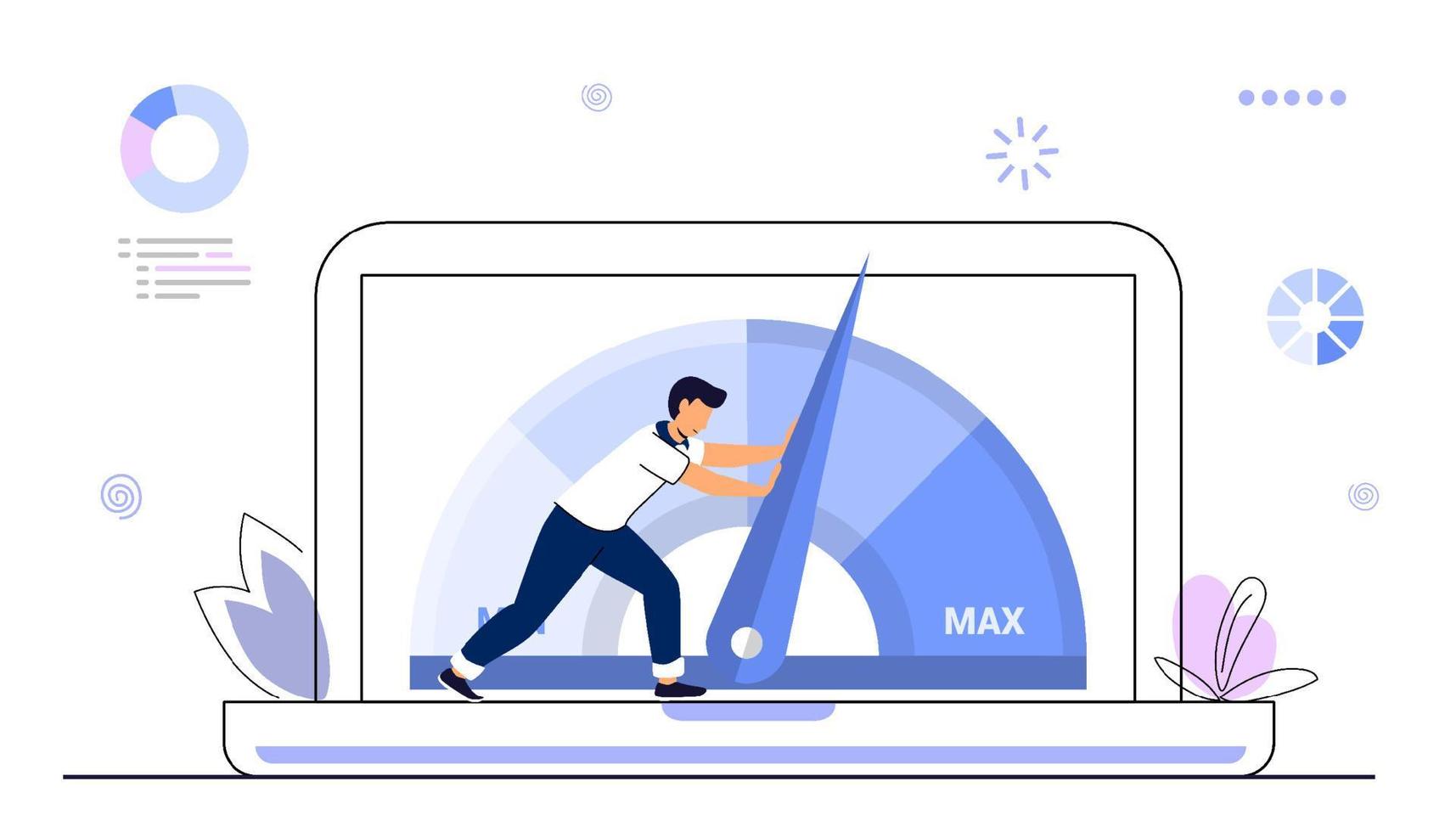Once again, Google highlights using field data to measure the Core Web Vitals just like lab data from tools such as PageSpeed Insights (PSI) and Lighthouse. The lab data does not represent the real performance of websites. Website owners have switched their focus to real user experience, with the adjustments coming to the throttling settings of PSI.
Table of Contents
ToggleWhat are core web vitals?

The metrics used for measuring how a webpage performs from a user perspective. It consists of three primary components:
- Largest Contentful Paint (LCP): Load performance measure where an ideal LCP occurs within 2.5 seconds of the beginning page load.
- First Input Delay (FID): Measures interactivity with a good FID score being under 100 milliseconds.
- Cumulative Layout Shift (CLS): Measures the stability of the visuals, having a CLS score of less than 0.1 would ensure little or no unexpected layout shifts.
The metrics above aren’t just numbers; they explain how a user will perceive and experience the quality of their engagement with the site.
Why lab data is not as important as field data?
Field data gives the picture from the user’s perspective, thus the real view of website performance. In contrast, lab data is collected in controlled environments and hence are of value for diagnostic purposes but does not explain how different users interact with the site.
Some of the advantages of field data include:
- Taking into account all such variables as the kind of device being used, speed of the Internet connection, and user’s location.
- Reflected in performance problems experienced directly by users.
- Simply matches with Google ranking factors.
Google’s Upcoming PageSpeed Insights Updates

Google is implementing the improvements to PageSpeed Insights, including:
- Enhanced Throttling Conditions: Modifications that would now better represent the environment one would predict in a higher performance Lighthouse score
- Faster Server Response Times: Latency reductions for Lighthouse experiments using PSI’s platform.
- Focused impact: These changes will pertain to PSI’s web portal and API; they will not be applicable to other formats of Lighthouse.
While higher scores could become achievable, the greatest attention should be paid to improving the Core Web Vitals for the actual users at hand.
Do Not Use Performance Metrics in the Wrong Way
According to Patrick Pollard of Google, this refers to the Goodhart principle: “Any metric that has become a target ceases to make for a good measure.”.
In context, this metric in web performance: Perfect Lighthouse scores are anathema to gaining real user experience improvement. Lighthouse is not an ultimate measure of success in web performance but can be taken into consideration among others.
Best Practices to Improve Core Web Vitals
To Optimize Largest Contentful Paint (LCP)
- Reduce server response time with server-side caching and faster hosting.
- Compress and prioritize large images.
- Deliver resources faster through CDN.
Improve First Input Delay (FID)
- Reduce JavaScript execution time.
- Use code splitting to break up longer tasks into smaller ones.
- Implement lazy loading for non-critical elements.
Reduce Cumulative Layout Shift (CLS)
- Set size attributes for all media (images, videos, ads).
- Ensure font files load properly to avoid layout shifts.
- Use CSS animations instead of layout-affecting animations for transitions.
Why Core Web Vitals Matter for SEO
Core Web Vitals are made a part of Google’s Page Experience update, which means their improvement will directly affect:
- Search Rankings: Scores see an increase and subsequently increase the high visibility in search engine results.
- Bounce Rate: Faster loading times with an even layout enable much longer stays on websites.
- User Engagement: Improved interactivity ensures better user satisfaction along with conversion.
Thus, by focusing strongly on authentic field data, companies can fulfill both technical and competitive advantages in their businesses. These improvements also align with the strategies taught in a digital marketing course, which focuses on enhancing user experience for better performance outcomes.
How to Prepare for Google’s Updates: Steps to Take
- Check Core Web Vitals Regularly: Leverage tools such as Google Search Console for field data analysis of a website’s performance.
- Complete Tool Insights: Combine Google PageSpeed Insights (PSI) and Lighthouse with real-user monitoring (RUM) tools like WebPageTest or New Relic for a much more holistic performance assessment.
- Teach Your Team: Impart knowledge on Core Web Vitals to the development team and consider relevant workflow signatures.
Conclusion
Core Web Vitals is the ground for making user-friendly sites in the ever-evolving space of web performance. Lab data and Lighthouse only are valuable for debugging but should not be the basis of your optimization initiative before the real-world field data. Focus on the experience of actual users and prepare to adapt to updates from Google’s PSI to keep your site in the game and create real value for your audience.

